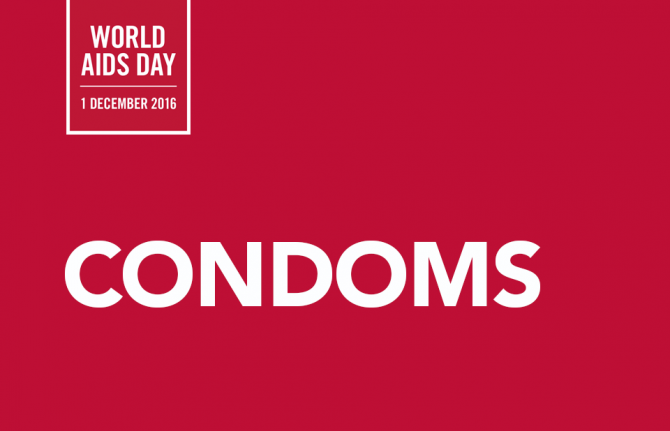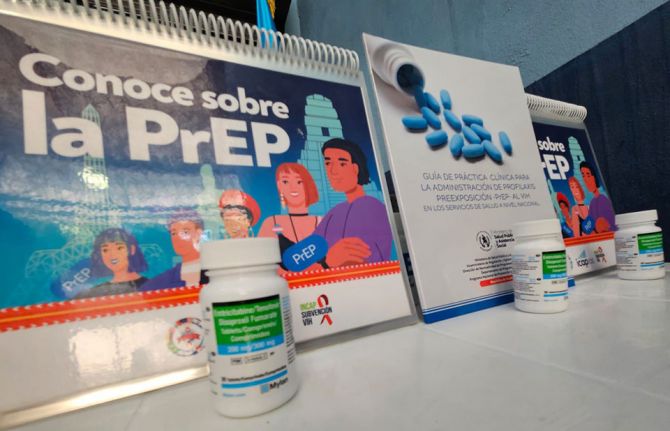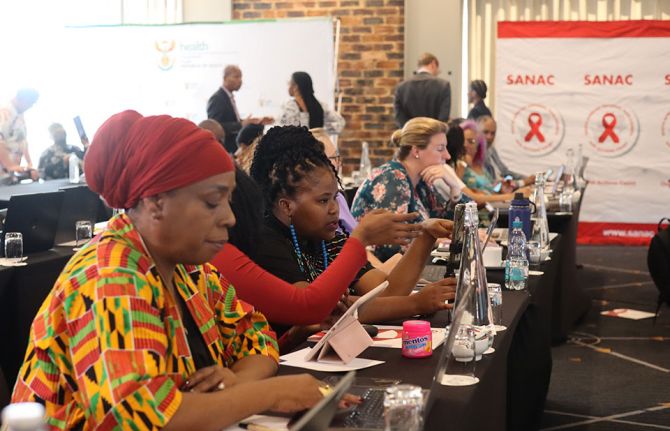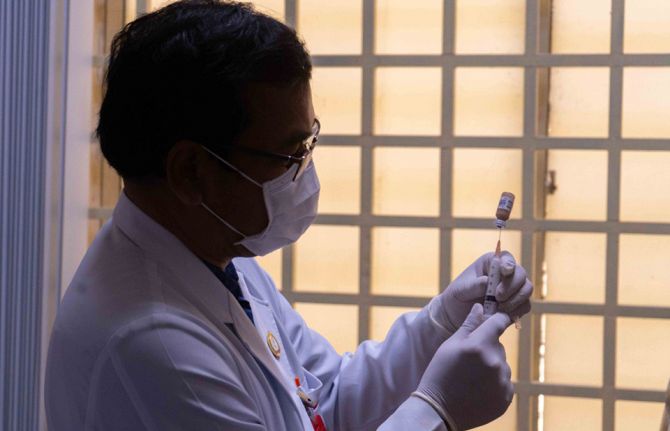

Update
Condoms
03 October 2016
03 October 2016 03 October 2016Condoms are at the centre of a combination HIV prevention approach; they are also cost-effective tools for preventing other sexually transmitted infections and unintended pregnancies. An estimated 45 million HIV infections have been averted through condom use globally since 1990. Achieving the global condom target for 2020 would avert 3.4 million new infections. The cost per infection averted would be approximately $450, well below the lifetime cost of providing antiretroviral treatment.
PREVENTION GAPS
- Stagnation of international and domestic funds for condom procurement and programming.
- An annual gap of more than 3 billion male condoms in sub-Saharan Africa.
- Inconsistent condom use within many populations and locations in greatest need, including challenges for women to negotiate condom use.
- Insufficient availability of lubricants and female condoms.
WAY FORWARD
- Increase resources for condom procurement, distribution and promotion.
- Provide male and female condoms in combination prevention packages.
- Diversify condom products, including provision of female condoms alongside male condoms and lubricants.
- Develop new approaches to increase condom use and to enhance the positive perception of condoms among the various populations in need.
- Engage communities in condom provision and use innovative service provision mechanisms.
In 2015, an estimated 1.9 million [1.7 million–2.2 million] adults (15+) were newly infected with HIV—the vast majority through sexual transmission—and an estimated 357 million people acquired chlamydia, gonorrhoea, syphilis or trichomoniasis. Every year, more than 200 million women have unmet needs for contraception, leading to approximately 80 million unintended pregnancies. Condoms effectively prevent all of these conditions. Optimal condom programming is a key part of the ambitious global targets to provide access to comprehensive prevention services to 90% of people at risk of HIV infection and to reduce new HIV infections to fewer than 500 000 globally. In recognition of this, countries agreed in the 2016 Political Declaration on HIV and AIDS to increase the annual availability of condoms to 20 billion by 2020. This includes approximately seven billion condoms for sub-Saharan Africa annually and 30–50 condoms per male, per year in high-prevalence countries.



